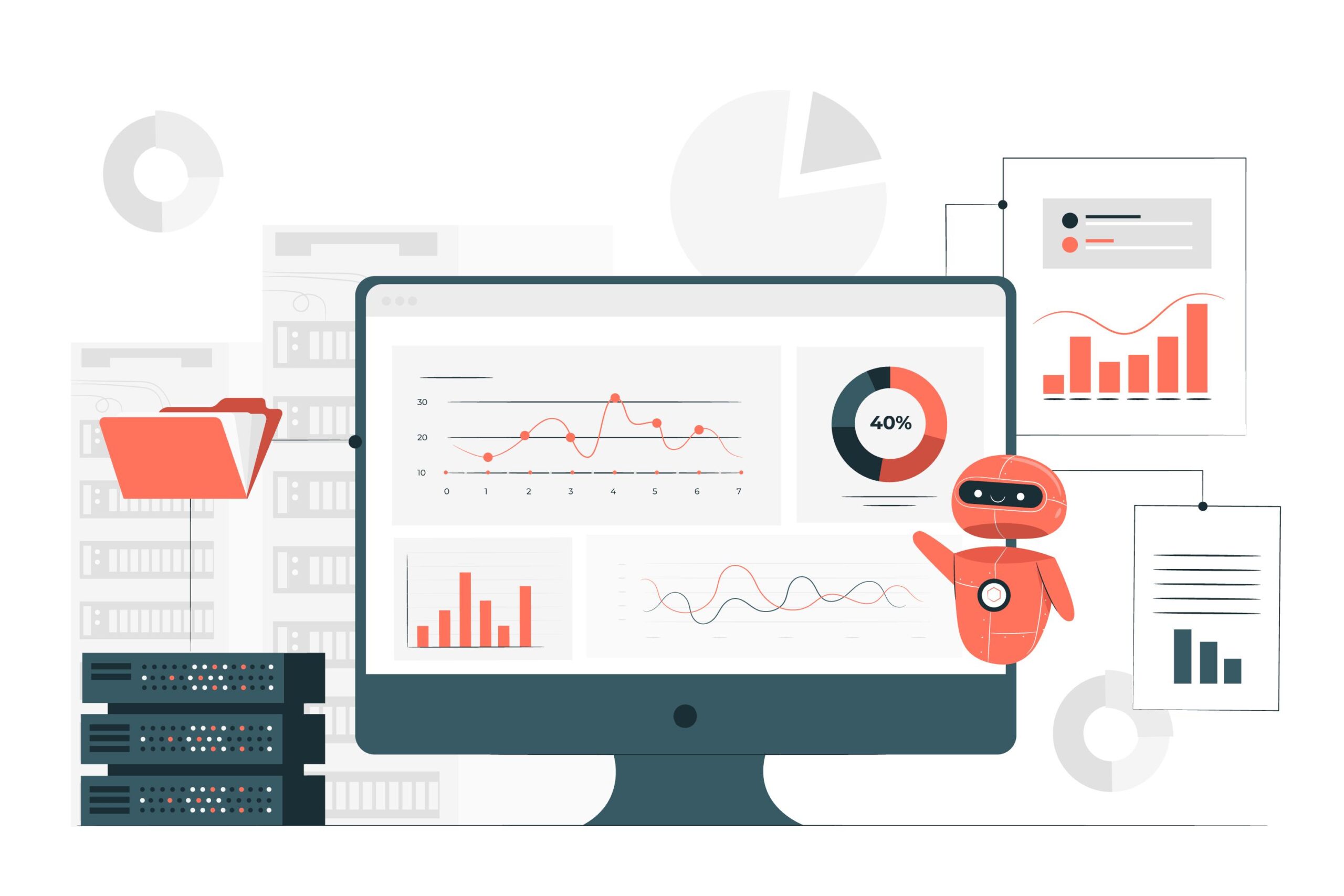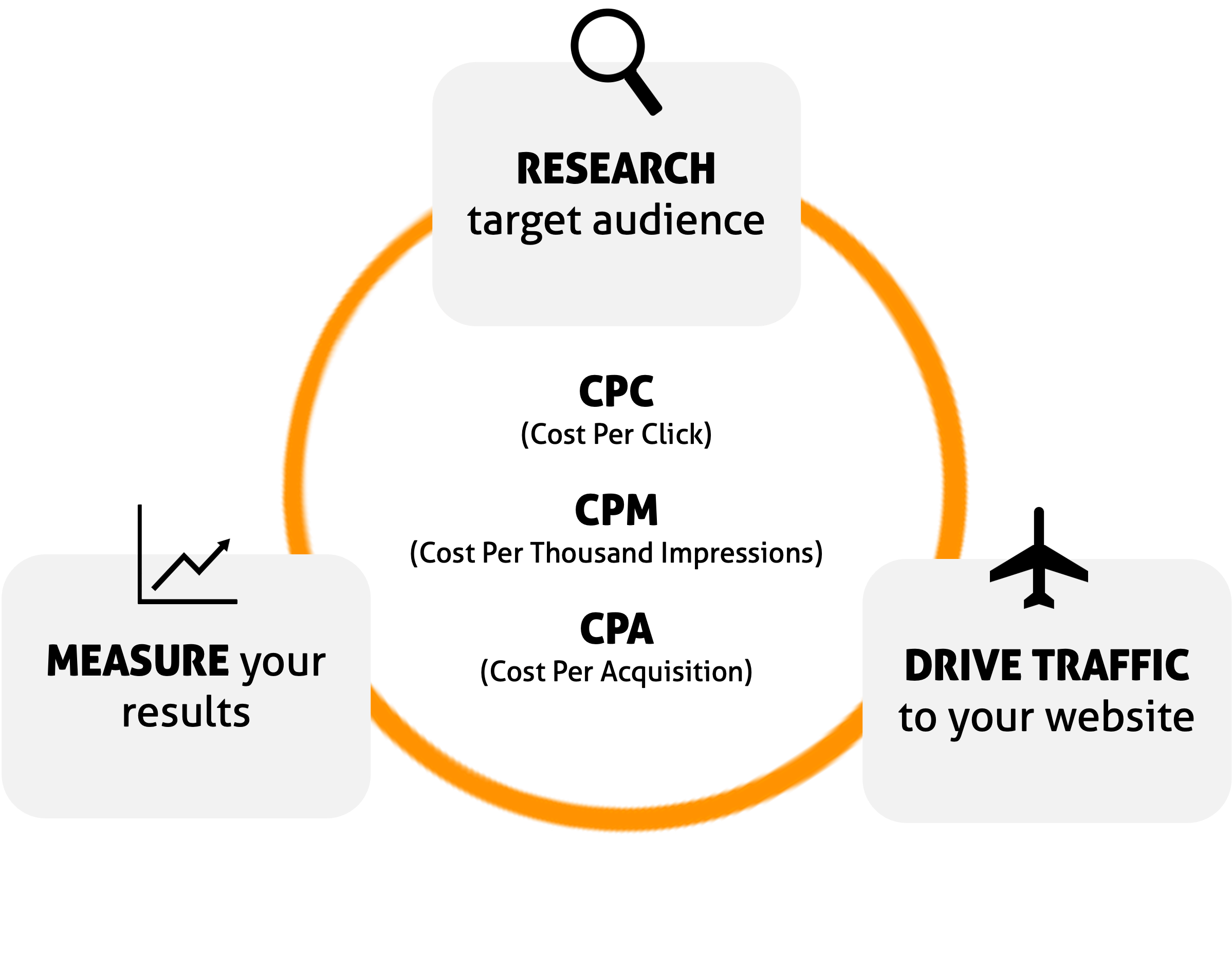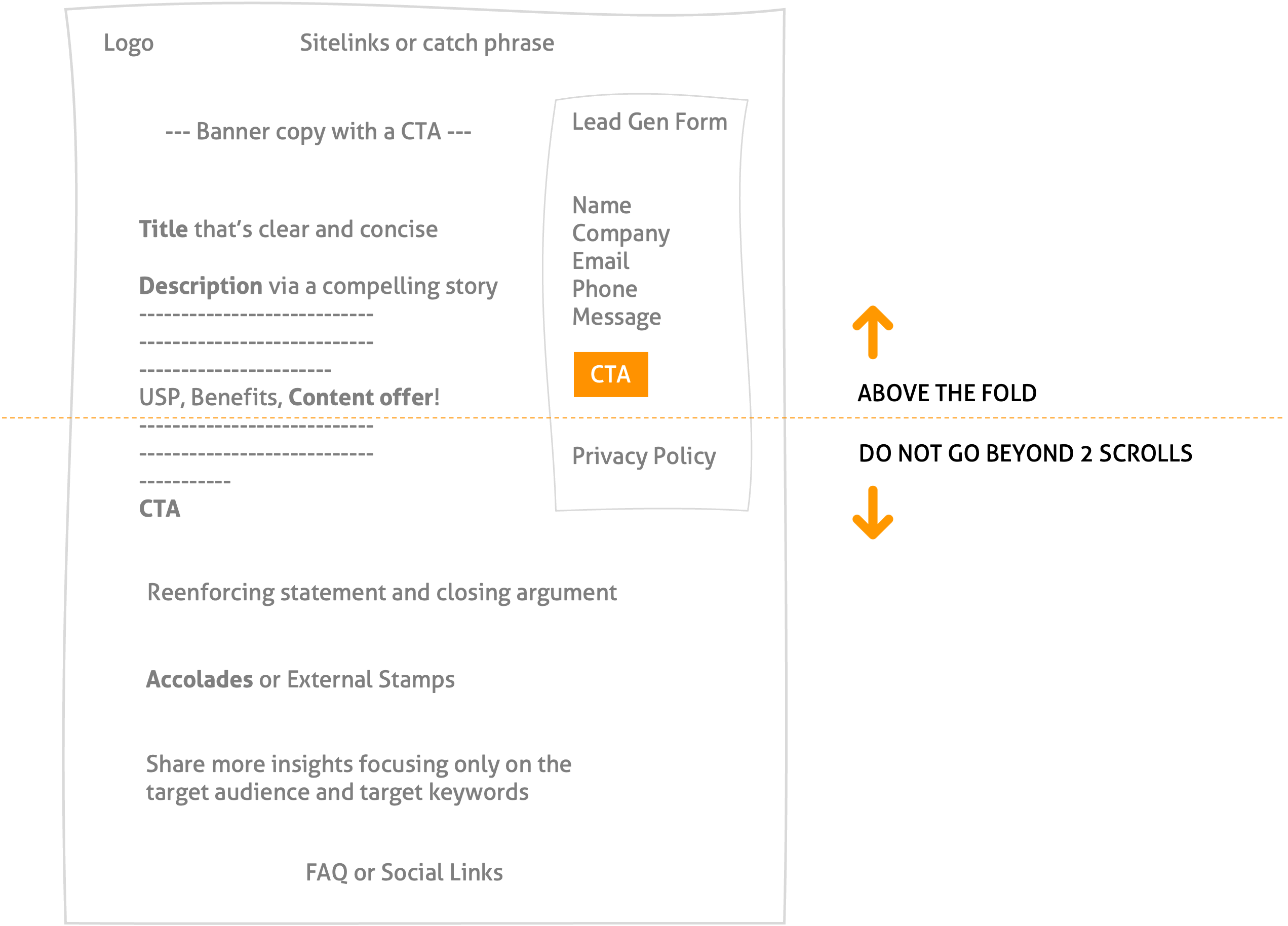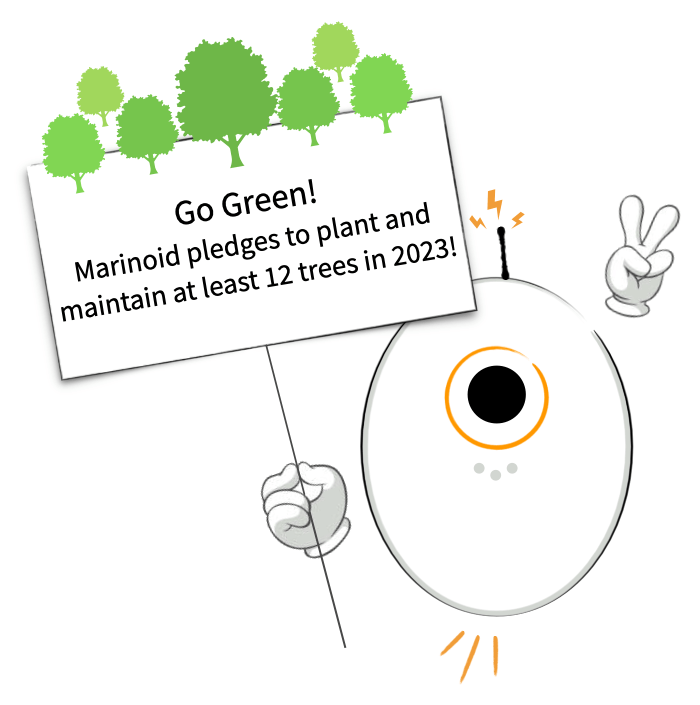
The ‘global digital marketing’ market value in 2023 has crossed $321 B! So, if you are thinking of Paid Ads, great. This is one place where exciting things have been brewing up and insights coming up everyday. Let’s uncover how should one look into this channel of digital marketing from a different perspective.
Marketing is always termed as a cost centre or a support function but that’s not the case. It’s an investment centre. There are various strategies that business use to generate brand presence and value viz. inbound and outbound. Startups and small businesses invest around 20% on inbound and as they grow this percentage can grow to almost 50%. The focus being more on branding 60% and lead generation 40%. Depending on your network, product/service and market conditions this percentage grows emphasising lead generation. During the entire journey, companies leverage a set of linear activities and non-linear activities.
Linear activities include campaigns or strategies that run for the entire year. Eg. search engine optimisation (SEO). Non-linear activities includes campaigns or strategies that will help pull more juice out of the market condition or trend or traction on product/service. Eg. search engine marketing or paid ads. Now, we can debate that companies run paid ads throughout the year. True, but if organic traffic is enough to achieve your goals you can let go of in-0rganic campaigns. Vice versa is not possible or not recommended.
Digital Marketing comprises of 33% of the total marketing budget. 1/4 of that is usually assigned for Paid Ads!
Above statistic states the importance of digital and specifically how critical it is to plan paid ads.
In 2023, Google still reigns supreme in terms of market share with over 92% and mobile comprises over 59%. So it makes sense to optimise your campaigns like wise.
Why are we looking at these stats? Before you jump into how to leverage a tool for paid ads, you must understand how to look at things holistically rather than just being a ‘Supandi’ from Tinkly comics! Paid ads increase the customers purchase intent by 20% so invest time and only use this golden egg whenever necessary.
Paid Ads – Purpose

The purpose is straight forward and needs to be clear along with goals associated with the channel. Any ambiguity will result in conflict at the end and a loss of time, money and efforts. Understand the purpose and keep only one goal at a time.
Paid Ads – Approach
- Throw a wider net
- Higher CTR = Lower CPC
- Focus on Quality Score
To begin with these should be your top priorities in terms of approach. No-one can exactly guess which ad or which keyword will work so start broad and narrow your search based on data. Also ensure you leverage the array of features that any tool offers but don’t get carried away. Give each campaign at least 60 days to perform and your believe in your hypothesis. Click through rate (CTR) elevates rankings and thus you will have to pay less every time you climb high on the rankings. Cost Per Click (CPC) is also associated with competition so keep an eye on auction insights. Last but not the least, quality score! Quality is subjective but relevance can be measured by how quickly the query can be resolved by your landing page or ad. Give the answer upfront. Simple is better.
Once you have mastered these three approaches you can build better campaigns and read data effectively.
Paid Ads – How to get started
- Campaigns – These are high level themes built around planned budgets, currency, type and track the ROI. Any changes to the strategy should be made in a new campaign and ensure it runs for atleast 60 days.
- Ad groups – These are themes divided by messaging focus. Usually, allowing different ways to reach target audience. Some tools allow you to build them dynamically but prefer to custom build them for better control. Play around with ad rotation, demographics, A/B testing and competitor focus here.
- Ads and Assets – This is where actual game is played. Use various formats and extensions to make the ad hit where the target audience is searching for. Ensure you test all your landing pages before mentioning them. Remember your content should hit the target audience and should be above individual likes and dislikes. Leverage all features offered by the tools to extract maximum from each ad copy but don’t over do it.
- Keywords – If Ads are the game then keywords are the players. They form the core of the bidding process so the right mix of keywords, keyword types is a must. It is imperative to prepare a negative keyword list (global and ad group specific). Branded keywords have a higher CTR than non branded keywords so ensure you leverage the same from day one. Once you catch the nerve try competitor keywords to pull that traffic as well.
- Audience and Content – Some tools allow you to map the audience segment and place content like wise. Monitor this function before making any changes to this section. You need at least 3-4 months campaign data to map and add new segments here.
You are ready!
Remember – the combination of organic and paid makes up to 80% of all trackable website visits.
Landing Page – Ideally it should be a website page but if required you can build a microsite or an isolated landing page

A landing page can only be termed a good one if the intended goal is accomplished. While auditing the landing page performance, check the search term, check the ad that generate the click, check the keyword and last but not the least check the page insights before assuming a good or bad performance.
More Research = More Accuracy
How does one state 20% is good or bad? Yes, by comparing it with something that is already studied. Industry standards for paid search are available across the network. But which ones to look for? Here is a list that every SMB should map. These may differ based on branded or non branded keyword and also on competition.
- Average CTR (1% to 2%)
- Average CPC ($4 to $25)
- Average Conversion Rate (4% to 6%)
- Average CPL ($88 to $100)
Along with the above there are several stats mentioned the tools. Eg. for campaigns check optimisation score, cost, for ad groups check target CPA, conversions, for ads track clicks, CTR and for keywords check how each match type is performing. Additionally, SMBs should ideally invest minimum $5k or ₹40K each month. The lead : MQL : SQL ratio should also be clear before starting any marketing initiative. We will have a separate blog soon to discuss this in detail.
Remember – Budget utilisation should be 100% and ROAS should never be less than 100%. There should be not more than 15 keywords per ad groups and not more than 3 ads in each ad group. Outranking share and impression share should be more than 50%.
Strategies to look out for in 2023
Here are some gems from my 15 years of experience working in paid ads. Feel free to reach out or discuss in comments around any one of them.
- Click fraud protection and detection
- Click baiting
- Remarketing/Retargeting
- Automation and AI
- Intent Analysis
- Localization
- EEAT
- Multi search
- Voice search
- Visibility management
There are a host of others as well but these can get you started for your next campaigns.
A Quick Recap
Paid ads is a form of paid advertising where advertisers are allowed to bid or pay for placements. You can control ad placements, geography, time, date, user persona and control when you pay. We use paid ads to generate more qualified leads, provide measurable results, improve brand recognition and even for local search. The leads from paid ads usually encapsulate the entire sale funnel so the general follow up approach includes taking the brand recall to the next level. Target audience should be made to consider our product or service always!
All the best!
Share This Story, Choose Your Platform!
FAQs
Yes, there is an hourly charge for consultation. Check our pricing page or drop us a note and we will tell you the details.
You will get a call from us within 24 hours or when you have scheduled a call. First meeting focuses on understanding your business problem and/or marketing request. We will brainstorm the need and discuss how to approach it. If you like the approach, we will discuss the commercials and kickstart the journey.
Marinoid has a different grammatical meaning. We coined it from two words viz Marketing + Droids. A futuristic approach to marketing. Our mascot ‘Noidy’ is designed and inspired by the movie, WALLE and shares the same emotional quotient.
PESO is an abbreviation for Paid – Earned – Shared – Owned. It is a marketing model derived to channel or organise our thoughts and efforts to include all aspects of marketing.
In simple terms, your website – your most critical asset. Focus most of your efforts on making this asset robust, scalable and simple. It should be your best replacement on the web and all your efforts should be circled around this asset.
A wise man once said – “If you throw peanuts, you will only attract monkeys!” At Marinoid, we focus on helping you achieve GTM first rather than focusing on our profits – so don’t worry we will help you regardless.
Digital Marketing is not magic. It is a science and art. Besides, there are various factors which decide ‘success’. Treat marketing as an investment centre rather than a cost centre. Understand and brainstorm as much as possible before committing to the plan.
Digital marketing is the component of marketing that utilises internet and online based digital technologies such as desktop computers, mobile phones and other digital media and platforms to promote products and services. (Wikipedia Definition)

Some of our Recent Posts:
What are the Five Whys? A Tool For Root Cause Analysis
Hey there, curious minds in the world of small and medium businesses in India! Today, let’s talk about a nifty problem-solving technique called the Five Whys. No, it's not [...]
5 Marketing Mistakes Even Smart Businesses Make (and How to Fix Them)
Let's be honest, marketing isn't always sunshine and rainbows. Even the most brilliant businesses can stumble into marketing blunders that make their competitors choke on their laughter (or pity). [...]
CXM: The Secret Weapon in Your Small Business Arsenal
Working your way up from the ground to start something new is not easy, and SMB owners know it all too well. When creating a product or service in [...]
Ditch the Megaphone, Start a Chat: Innovative Tools & Strategies for SMB Conversational Marketing
Forget shouting your brand message into the void! Today's customers crave connection, not commercials. That's where conversational marketing shines, transforming passive interactions into engaging dialogues. But let's face it, [...]



